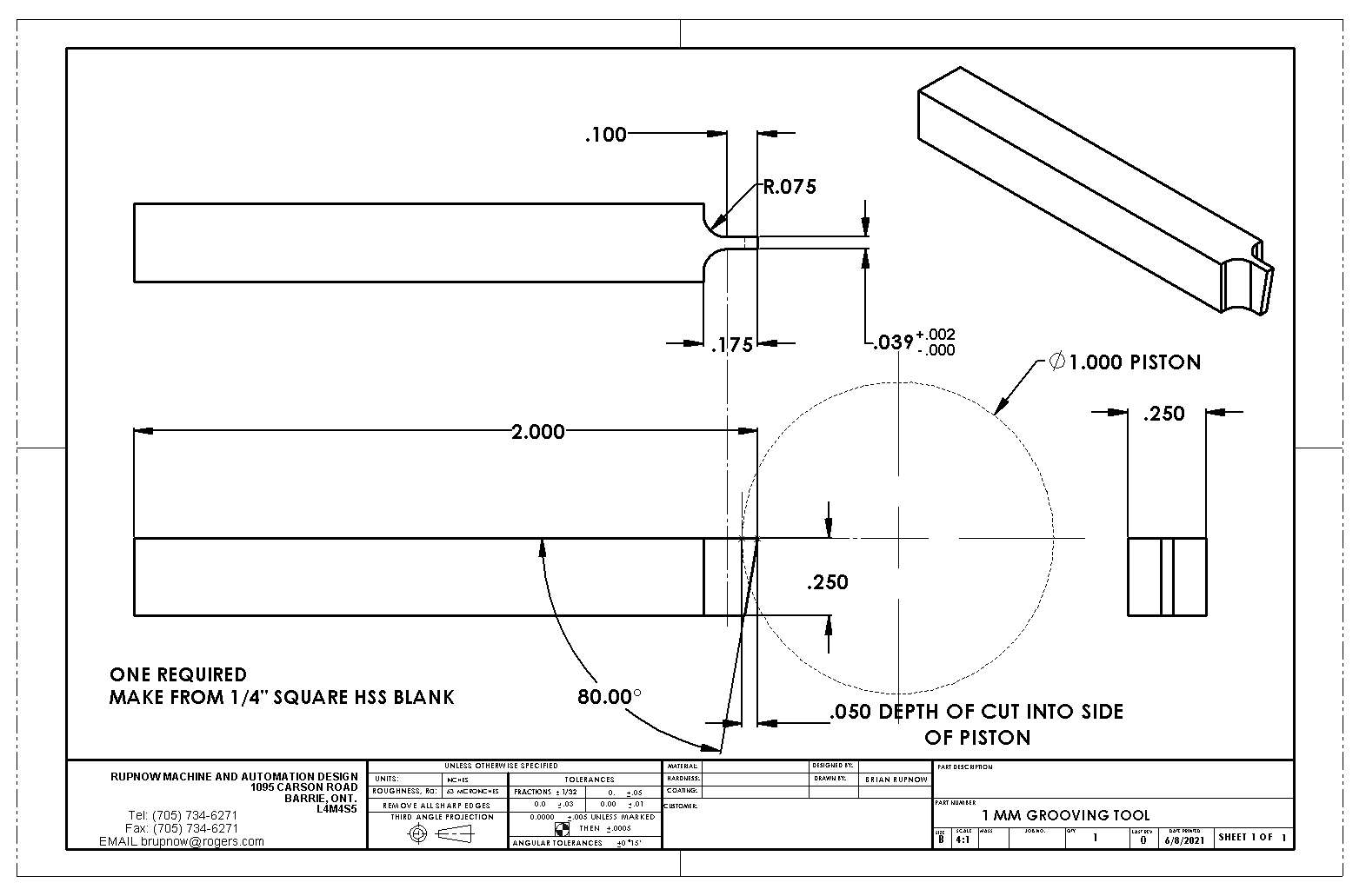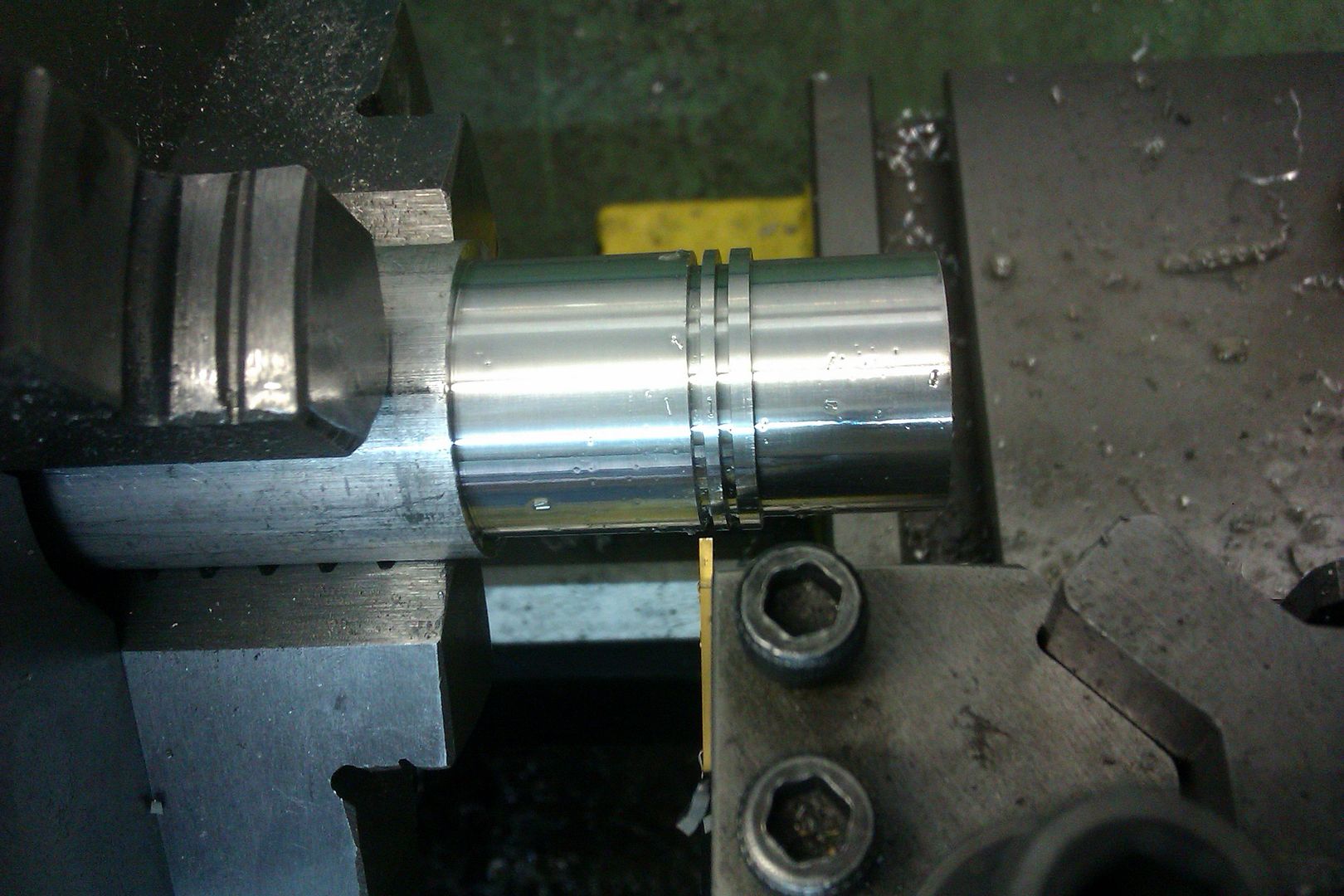- Joined
- Dec 31, 2010
- Messages
- 822
- Reaction score
- 220
I don't think your far off and have certainly backed it down from what was considered an error at 1475 F in the article.
I just wanted to be sure you don't go off on too much of a tangent.
BTW.
Make the clever that Trimble recommends in the article. It's only a bit of simple machining work and careful grinding for the knives. It makes wonderful breaks / cuts or whatever the term is with no other imperfections to the ring surface. And no chance of "bending" the ring in such processes others have suggested like holding them in a vise and stressing then sideways until they break.
I just wanted to be sure you don't go off on too much of a tangent.
BTW.
Make the clever that Trimble recommends in the article. It's only a bit of simple machining work and careful grinding for the knives. It makes wonderful breaks / cuts or whatever the term is with no other imperfections to the ring surface. And no chance of "bending" the ring in such processes others have suggested like holding them in a vise and stressing then sideways until they break.
Last edited:











![Learning AutoCAD Civil 3D 2014 [Online Code]](https://m.media-amazon.com/images/I/51F3yi9fokL._SL500_.jpg)













![Learning Revit MEP 2014 [Online Code]](https://m.media-amazon.com/images/I/61vjG-sEuQL._SL500_.jpg)







![DreamPlan Home Design and Landscaping Software Free for Windows [PC Download]](https://m.media-amazon.com/images/I/51kvZH2dVLL._SL500_.jpg)






![Learning Rhino 5 [Online Code]](https://m.media-amazon.com/images/I/51mnp7gNY7L._SL500_.jpg)











![Learning AutoCAD Electrical 2014 [Online Code]](https://m.media-amazon.com/images/I/61KCPiYWuEL._SL500_.jpg)


